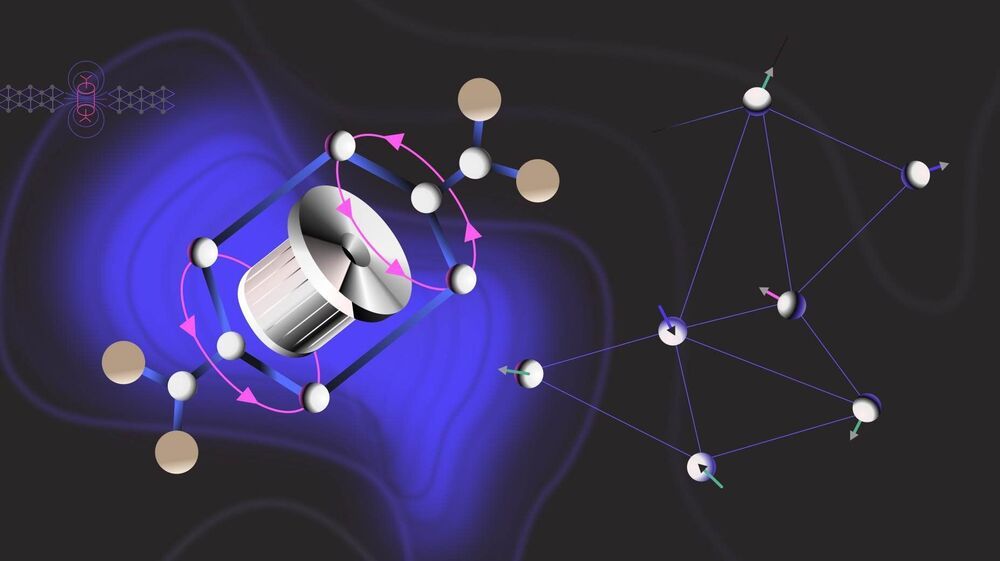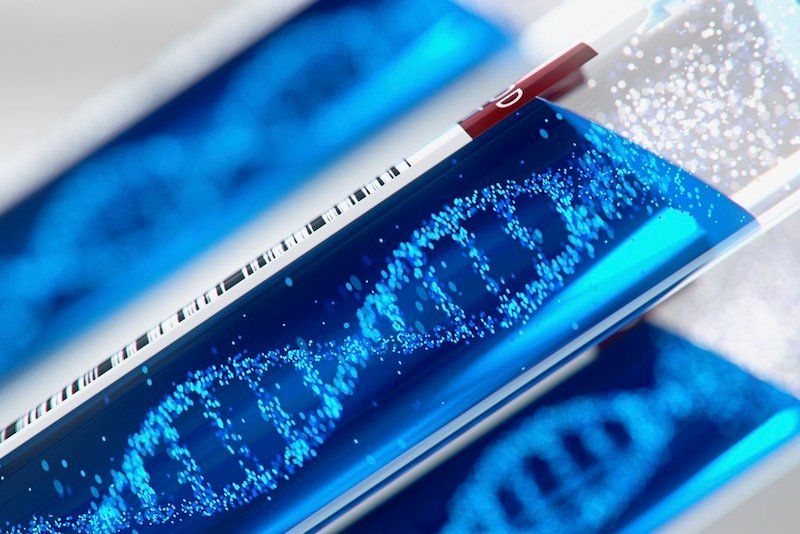An H&M store in Stockholm, Sweden, will receive the world’s first in-store garment to garment recycling machine.
Get the latest international news and world events from around the world.
Inside the First Solar-Powered Flight Around the World
A new documentary highlights the challenges overcome by the experimental aircraft, Solar Impulse.

A new candidate material for quantum spin liquids
In 1973, physicist and later Nobel laureate Philip W. Anderson proposed a bizarre state of matter: the quantum spin liquid (QSL). Unlike the everyday liquids we know, the QSL actually has to do with magnetism—and magnetism has to do with spin.
Disordered electron spin produces QSLs
What makes a magnet? It was a long-lasting mystery, but today we finally know that magnetism arises from a peculiar property of sub-atomic particles, like electrons. That property is called “spin,” and the best—yet grossly insufficient—way to think of it is like a child’s spinning-top toy.

Stanford develops CRISPR ‘lab on a chip’ for detecting COVID-19
Researchers at Stanford University have developed a CRISPR-based “lab on a chip” to detect COVID-19, and are working with automakers at Ford to develop their prototype into a market-ready product.
This could provide an automated, hand-held device designed to deliver a coronavirus test result anywhere within 30 minutes.
In a study published this week in the Proceedings of the National Academy of Sciences, the test spotted active infections quickly and cheaply, using electric fields to purify fluids from a nasal swab sample and drive DNA-cutting reagents within the system’s tiny passages.

Virgin Galactic’s Richard Branson wants to be the first ‘space billionaire’ to actually travel to space
Richard Branson, the thrill-seeking British billionaire, founded Virgin Galactic in 2004 on the promise that a privately developed spacecraft would make it possible for hundreds of people to become astronauts, no NASA training required. And if a 2,500-mile-per-hour ride to the edge of space sounded off-putting, Branson also pledged to take the journey himself before letting paying customers on board.
Branson is the only one among the group of the so-called space barons, the group of space-loving billionaires that includes Elon Musk and Jeff Bezos, who has publicly pledged to take a ride in the near future aboard a spacecraft he has bankrolled.
Bezos’ company, Blue Origin, is working on a competing suborbital space tourism rocket. Musk’s SpaceX, however, is focused on transporting astronauts and perhaps one day tourists on days-long missions to Earth’s orbit.

An Amazonian Tea Stimulates the Formation of New Neurons
Summary: DMT, a natural component of ayahuasca tea, promotes neurogenesis, a new study reports. Researchers found DMT was capable of activating neural stem cells and promoted the formation of new neurons.
Source: Complutense University of Madrid.
One of the main natural components of ayahuasca tea, dimethyltryptamine (DMT), promotes neurogenesis (the formation of new neurons) according to research led by the Complutense University of Madrid (UCM).
Seeing the Future: Longevity Research and Glaucoma (Video)
Dr David Sinclair (Harvard) : “I want to mention one thing that nobody except the insiders would know, is that I was at a conference a couple weeks ago with all 15 of us talking about this reprogramming work, and a lot of it is not published yet. I’ve seen things that make my head spin, the ability to turn back aging in a whole animal,…”
On October 27, 2020, Glaucoma Research Foundation presented the 2020 Weston Lecture featuring a talk by world-renowned Harvard Medical School genetics researcher and best-selling author David Sinclair, PhD, AO discussing longevity research and glaucoma.

Photographer Catches the ISS Crossing the Sun and Moon
Photographer Andrew McCarthy is known for shooting incredible astrophotography images from his backyard in Sacramento, California. He recently added two more jaw-dropping images to his portfolio: ultra-clear views of the International Space Station (ISS) crossing the Sun and Moon.
Given that the ISS whizzes across the Sun and Moon in less than a second from the perspective of someone on Earth, capturing a clear view of the transit is not an easy thing to do.
McCarthy first managed to capture the ISS transiting the Sun on Tuesday, October 6th.

China launches 13 satellites on a single Long March 6 rocket
China launched a Long March 6 rocket early Friday (Nov. 6), successfully sending 13 satellites into orbit.
The Long March 6 lifted off from the Taiyuan Satellite Launch Center at 11:19 a.m. local time Friday (0319 GMT; 10:19 p.m. EDT on Nov. 5) carrying 10 remote sensing satellites for Satellogic, an Argentine imagery company.
DARPA Subterranean Challenge Team Profiles Cave Circuit
Enjoy the videos and music you love, upload original content, and share it all with friends, family, and the world on YouTube.